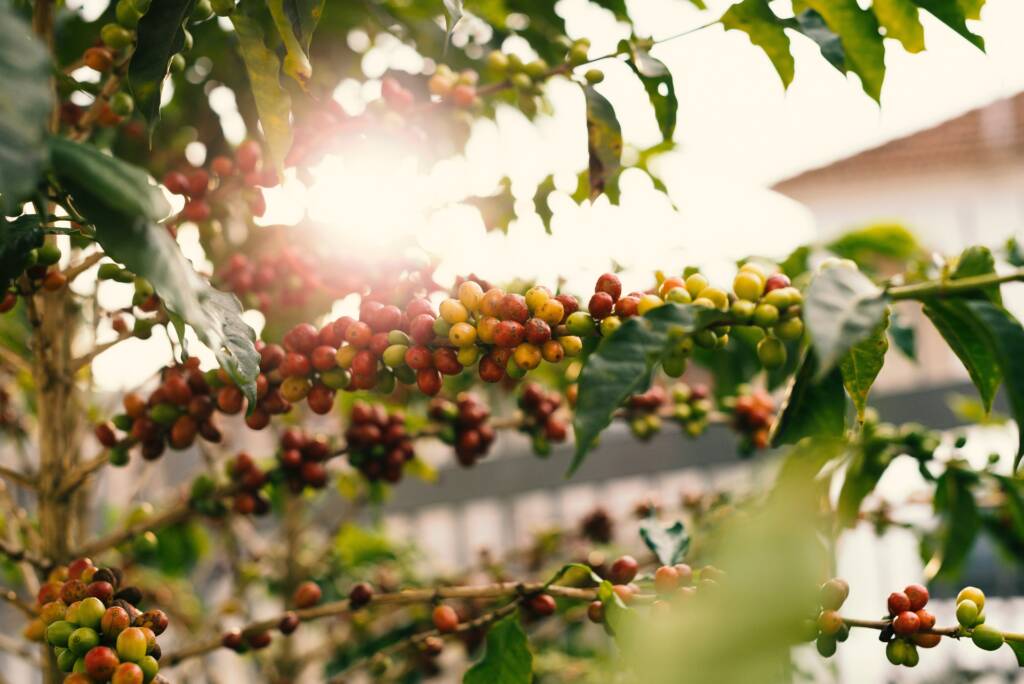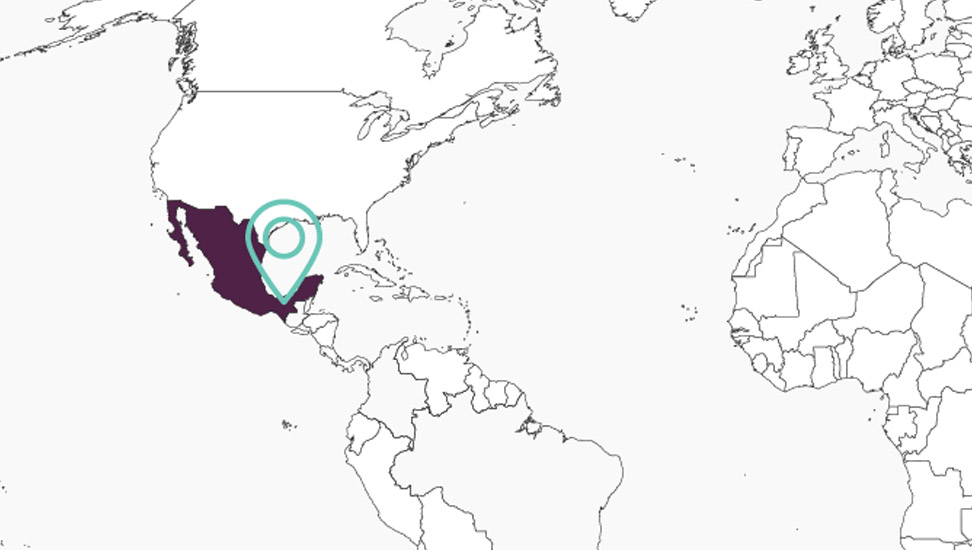Featured Coffee Fridays
Featured Coffee Fridays: Mexico
The sweetness and wonderful aroma of this coffee
Tasting notes: sweet and citric with a smooth mouthfeel; mellow fruit with almond, lemon and lemongrass flavors.
Where it’s from
History
As throughout most of Mesoamerica, Mexico was first planted in coffee during early colonial times, most likely in the late 18th century. Due to the greater attention paid to the region’s rich mineral deposits and mining opportunities, however, coffee didn’t really develop as an industry until later, especially coming into its own in the late 19th and early 20th centuries, with the redistribution of farms after independence and the emergence of smallholder farmers, specifically those of indigenous origin. In the late 20th century, the Mexican government established a national coffee institution called INMECAFE, which, like the FNC in Colombia and ICAFE in Costa Rica, was developed in order to offer technical assistance, botanical information and material, and financial credits to producers. Unfortunately, INMECAFE was something of a short-lived experiment, and dissolved in 1989, leaving growers with a vacuum in their access to support and resources—especially those in very remote rural areas. This disruption to the infrastructure as well as the coffee crisis that followed the end of the International Coffee Agreement plunged Mexico’s coffee farmers into despairing financial times, which, of course, affected quality dramatically. Throughout the 1990s and since the beginning of the 21st century, an increased presence, influence, and focus of Fair Trade and Fairtrade certifications and the emphasis of the democratically run small-farmer cooperative organization has worked to transform the image of Mexican coffee to one that reflects sustainability, affordability, and relatively easy logistics, considering its proximity to the U.S.


